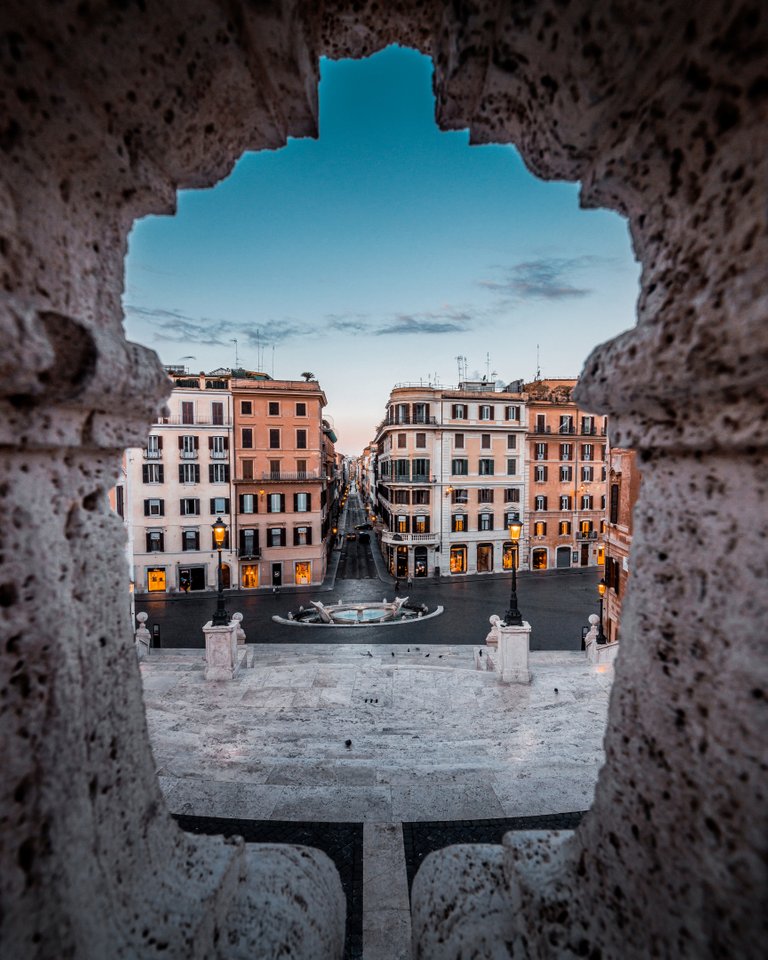
La Barcaccia vista dall'alto di Piazza di Spagna (Gianluca Colozza's photo - All rights reserved)

Somewhere in Italy you can find some of the most precious treasures that the humanity could ever have seen. Enjoy this photographic journey with us and discover the most fascinating historical places on the Earth.

Da qualche parte in Italia si celano alcuni tra i tesori più preziosi che l’umanità possa mai aver visto. Parti insieme a noi in questo viaggio fotografico alla scoperta dei più affascinanti luoghi storici sulla Terra.

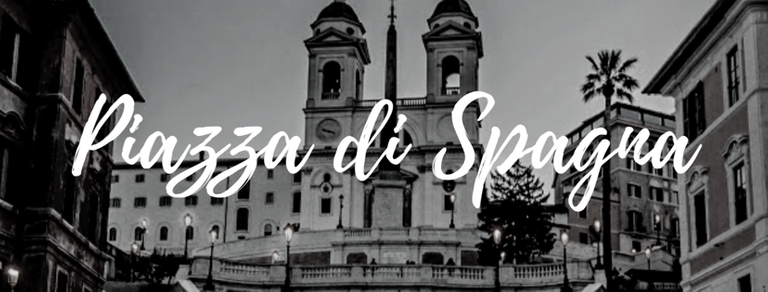
«A Trinità dei Monti stanno scavando per gettare le basi del nuovo obelisco; lassù il terreno non è che materiale riportato dalle rovine dei giardini appartenuti a Lucullo e poi di proprietà dei Cesari.»
(Johann Wolfgang von Goethe, Viaggio in Italia)
Così twittava Goethe nel 1787 durante il suo soggiorno a Roma, colpito dalla bellezza di una giovane piazza che si apprestava ad innalzare il suo obelisco voluto dal papa Pio VI. Siamo di nuovo qui con Somewhere in Italy a raccontarvi di un altro luogo da sogno. L’avete vista in mille scatti, vi siete seduti su di uno dei 136 gradini (se ne avete trovato uno ancora libero); eravate proprio lì, il vostro volto perso tra quello di migliaia di persone e la loro storia da raccontare. Oggi ce ne andiamo insieme agli scatti del nostro Gianluca Colozza a Piazza di Spagna, una delle piazze più calpestate al mondo. Sei pronto per questo viaggio? Posizionata ai piedi della collina del Pincio, Piazza di Spagna ha da sempre rappresentato il centro della vita culturale e turistica della città di Roma. Percorrendo la celebre Via dei Condotti, tra un gladiatore e un turista distratto, comincerai già a respirare l’aria romana che anticipa la Scala delle scale. A due passi dalla Barcaccia puoi trovarci alcuni tra i più noti brand dell’alta moda, tra cui Gucci, Bulgari e Valentino. Forse non tutti sanno che una volta questa piazza si chiamava Piazza di Francia. L’attuale nome della piazza deriva dal palazzo sede dell'Ambasciata di Spagna presso lo Stato Pontificio risalente al 1647: la parte settentrionale originariamente era detta "piazza di Francia", a causa delle proprietà francesi della zona. I diplomatici spagnoli decisero di rinnovare il palazzo nel 1653 affidando i lavori ad Antonio Del Grande, non prima però di aver chiesto al più noto Borromini, che tuttavia era già impegnato in altri progetti. Tra il 1685 ed il 1693 furono compiuti rinnovamenti alla facciata, mentre nel Settecento si ebbero decorazioni in varie sale all'interno e vi fu allestito anche un teatro privato. Ed è proprio qui che, il 14 dicembre 1782, venne rappresentata Antigone, la tragedia mitologica di Vittorio Alfieri. Dopo la breve dominazione francese a Roma si ebbe un radicale rinnovamento della facciata ad opera dell'architetto spagnolo Antonio Celles. Un altro intervento importante si ebbe nel 1898 con la decorazione dello scalone d'ingresso con un grandioso affresco raffigurante "La consegna delle chiavi di Granada", opera di F.Ballester. L'ultimo rinnovamento della facciata fu nel 1932 con l'inserimento del balcone centrale che raggruppa tre finestre del piano nobile. Ma l’elemento più caratteristico della piazza è sicuramente lei, la Fontana della Barcaccia, costruita nel 1626 dal Bernini. Si narra che fu una delle prime fontane concepite interamente come un’opera scultorea, allontanandosi dal concetto classico di vasca dalle forme geometriche. Ma sua forma scultorea, oltre che essere una scelta artistica, fu necessaria anche al superamento di diverse difficoltà tecniche e strutturali. Quando si dice fare di necessità virtù! Questa puntata di Somewhere in Italy finisce qui, ma non abbiate paura …abbiamo ancora tanto da raccontarvi. Piazza di Spagna (Gianluca Colozza's photo - All rights reserved) So he tweeted Goethe in 1787 during his stay in Rome, struck by the beauty of a young square that was preparing to raise its obelisk wanted by Pope Pius VI. We are here again with Somewhere in Italy to tell you about another dream place. You have seen it in a thousand shots, you have sat on one of 136 steps (if you have found one still free); you were right there, your face lost among that of thousands of people and their story to tell. Today we’ll see Piazza di Spagna, one of the most trodden squares in the world, through the shots of our Gianluca Colozza. Are you ready for this trip? Located at the bottom of the Pincio hill, Piazza di Spagna has always been the center of the cultural and tourist life of the city of Rome. Along the famous Via dei Condotti, between a gladiator and a distracted tourist, you will already begin to breathe the Roman air that anticipates the Scala. A stone's throw from Barcaccia you can find some of the best known brands of high fashion, including Gucci, Bulgari and Valentino. Perhaps not everyone knows that this square was once called Piazza di Francia. The current name of the square derives from the seat of the Spanish Embassy in the Pontifical State dating back to 1647: the northern part was originally called "Piazza di Francia", due to the French properties of the area. The Spanish diplomats decided to renovate the building in 1653 entrusting the work to Antonio Del Grande, but not before asking the most famous Borromini, who was already engaged in other projects. Between 1685 and 1693 renovations were made to the façade, while in the eighteenth century decorations were made in various rooms inside and there was also a private theater. And it is precisely here that, on December 14, 1782, Antigone was represented, the mythological tragedy of Vittorio Alfieri. After the brief French domination in Rome there was a radical renewal of the façade by the Spanish architect Antonio Celles. Another important intervention occurred in 1898 with the decoration of the entrance staircase with an affresco depicting "The delivery of the keys to Granada", by F.Ballester. The last renovation of the façade was in 1932 with the insertion of the central balcony which groups three windows of the main floor. But the most characteristic element of the square is surely her, the Fontana della Barcaccia, built in 1626 by Bernini. It is said that it was one of the first fountains conceived entirely as a sculptural work, moving away from the classic concept of a bathtub with geometric shapes. But its sculptural form, as well as being an artistic choice, was also necessary to overcome various technical and structural difficulties. When it is said to make virtue of necessity! This episode of Somewhere in Italy ends here, but do not be afraid ... we still have so much to tell you.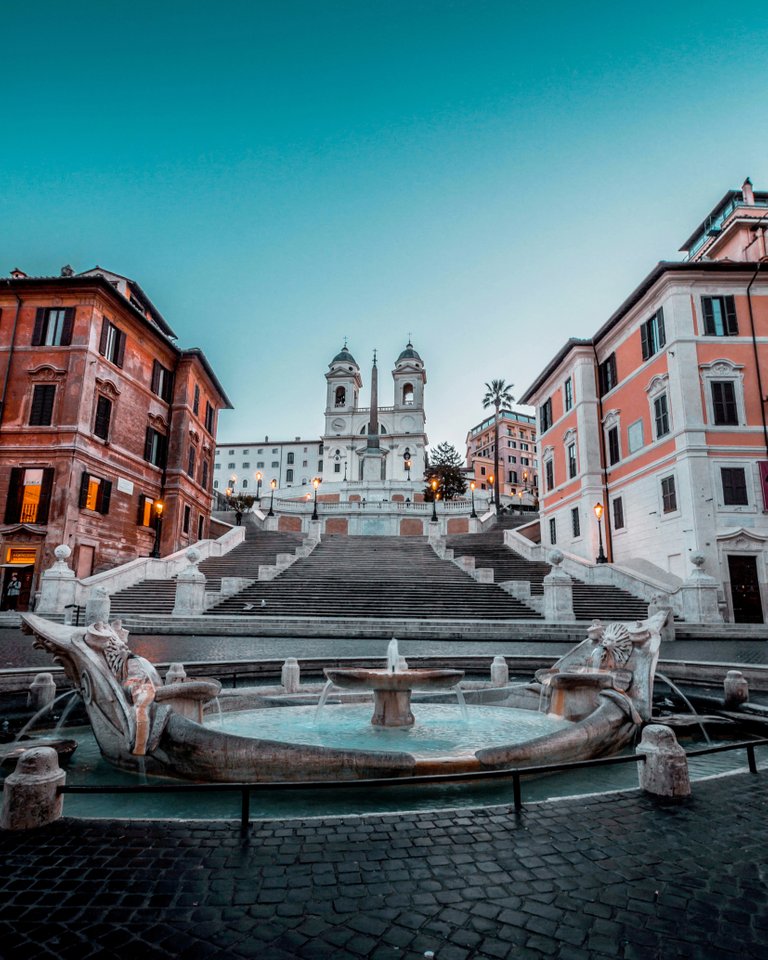
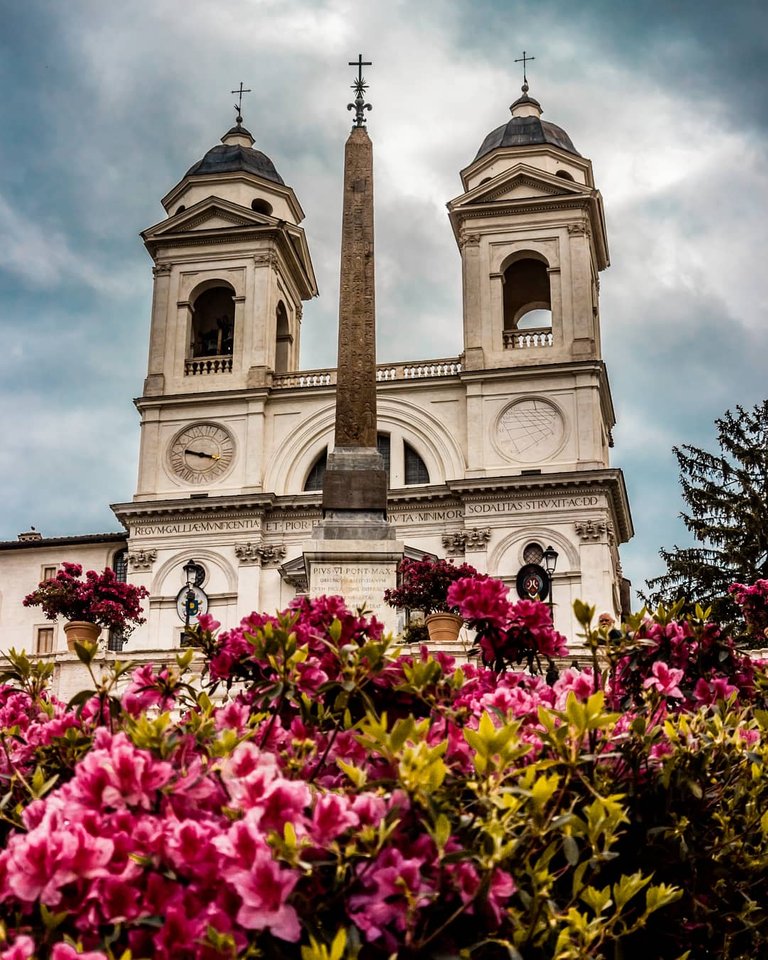
Trinità dei Monti (Gianluca Colozza's photo - All rights reserved)
Fonti
Contact or Follow us here:
Leopoldo Montini Digital Marketing Facebook
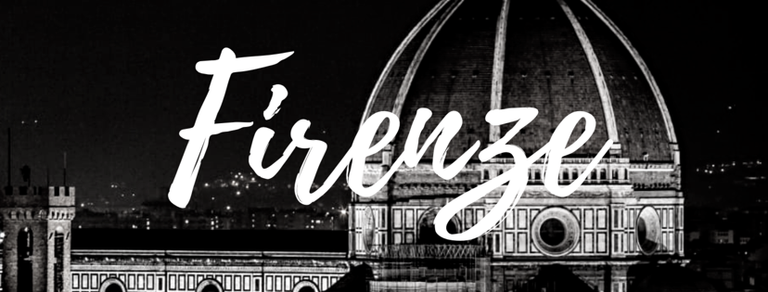
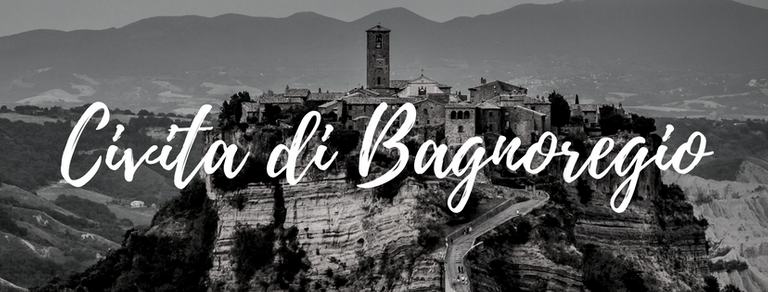

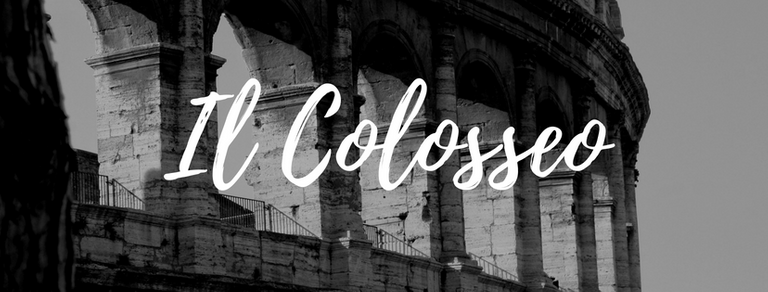
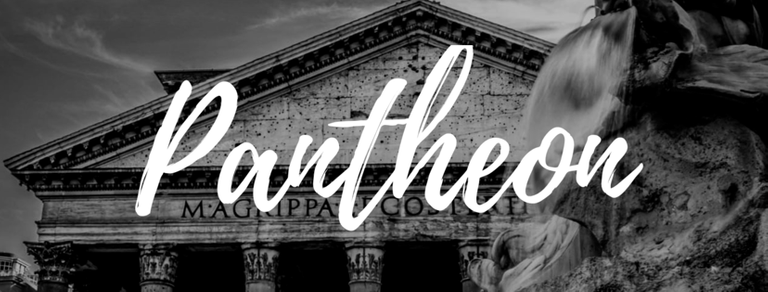
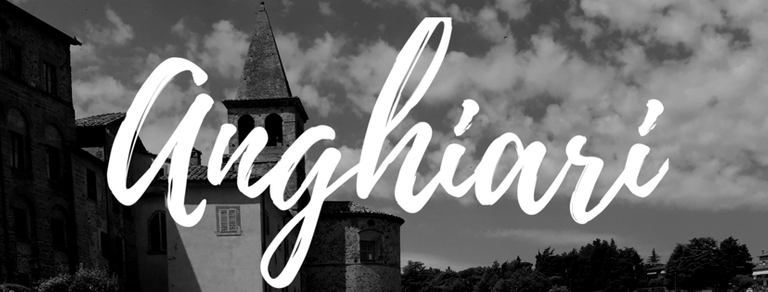

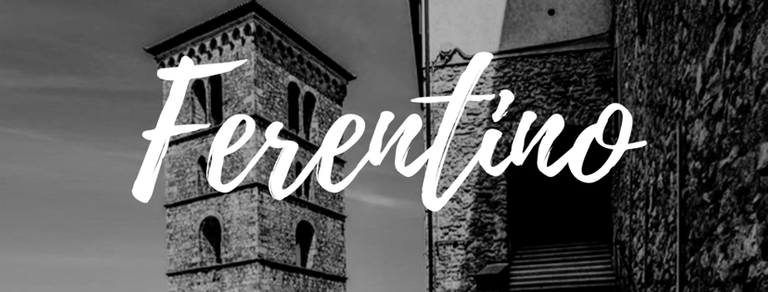
.png)
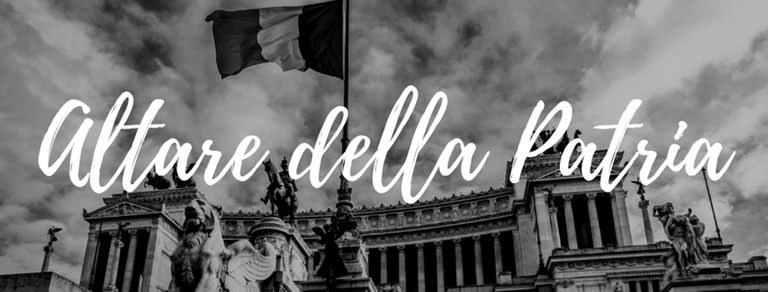
.png)
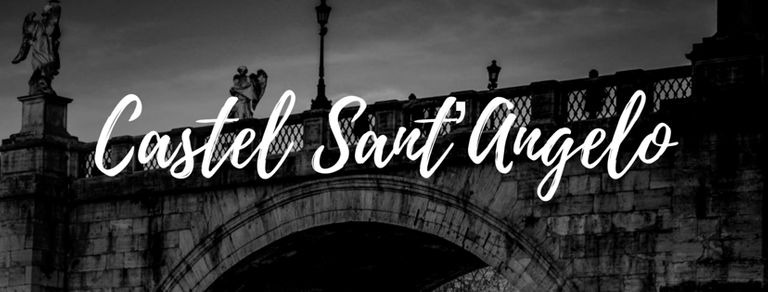

World of Photography
>Visit the website<
You have earned 6.50 XP for sharing your photo!
Daily photos: 1/2
Daily comments: 0/5
Multiplier: 1.30
Block time: 2018-09-21T10:05:42
Total XP: 52.00/100.00
Total Photos: 8
Total comments: 0
Total contest wins: 0
Follow:
Join the Discord channel: click!
Play and win SBD:
Daily Steem Statistics:
Learn how to program Steem-Python applications:
Developed and sponsored by: @photocontests@fairlotto@dailysteemreport@steempytutorials @juliank
Upvoted.
DISCLAIMER: Your post is upvoted based on curation algorithm configured to find good articles e.g. stories, arts, photography, health, etc. This is to reward you (authors) for sharing good content using the Steem platform especially newbies.
If you're a dolphin or whales, and wish not to be included in future selection, please let me know so I can exclude your account. And if you find the upvoted post is inappropriate, FLAG if you must. This will help a better selection of post.
Keep steeming good content.
@Yehey
Posted using https://Steeming.com condenser site.
Pubblichi di rado, ma quanto lo fai sono sempre successi, come questo tuo/vostro post veramente ben riuscito, complimenti
Ciao @mad-runner e grazie come sempre di passare a dare una occhiata! Avrei tante cose da raccontarvi, ma appunto per il momento preferisco focalizzarmi su questo progetto che già da solo richiede parecchio tempo, ma mi San molte soddisfazioni. Anche se molto assente comunque vi tengo d’occhio!
Congratulations @ixion89! You have completed the following achievement on the Steem blockchain and have been rewarded with new badge(s) :
Click on the badge to view your Board of Honor.
If you no longer want to receive notifications, reply to this comment with the word
STOPVa beh.. Sarò ripetitiva... Ma che gran post come sempre!
Posted using Partiko Android
Lieto della tua ripetitività! I tuoi apprezzamenti sono graditi sempre e comunque! Grazie mille!
The Creative Crypto is all about art on the blockchain and learning from creatives like you. Looking forward to crossing paths again soon. Steem on!Hello @ixion89, thank you for sharing this creative work! We just stopped by to say that you've been upvoted by the @creativecrypto magazine.